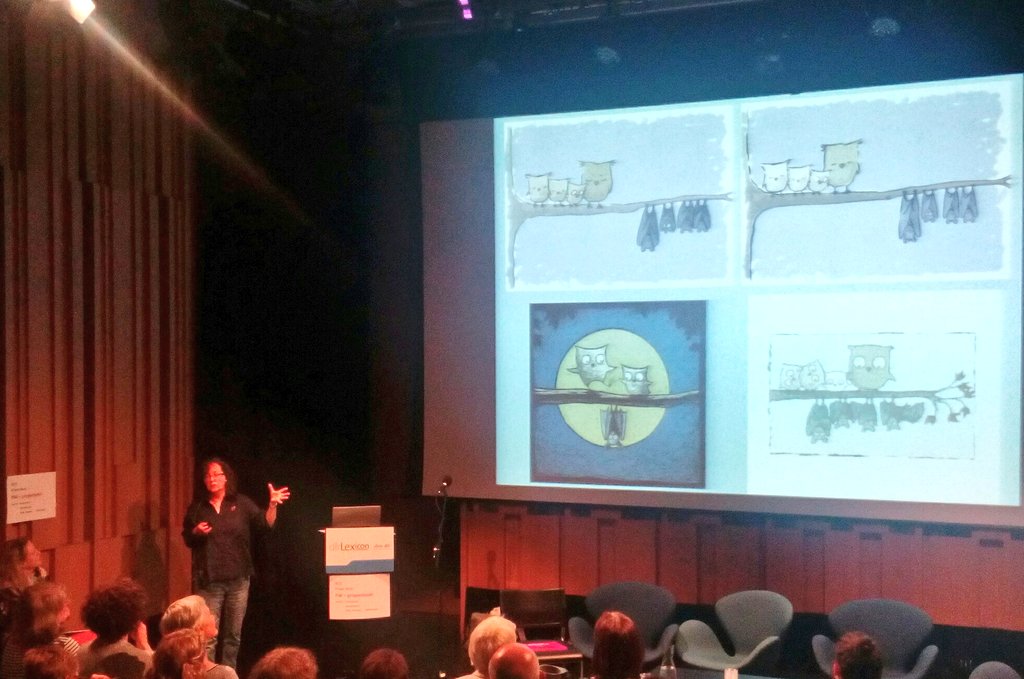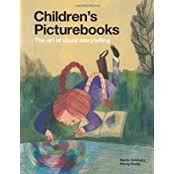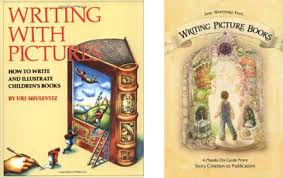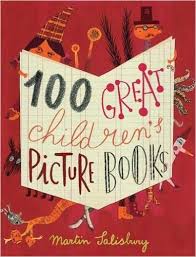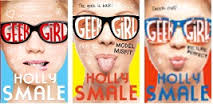This evening I am the guest on #MGiechat on Twitter, run by the wonderful E.R. Murray. To prepare I’ve been thinking about the questions she has set and I have posted some answers below in case they are useful to other writers.
Q1: What’s your definition of a professional writer?
Interesting question. A professional children’s writer is someone who makes their living from writing or activities linked to their writing. Most professional writers do not earn their living solely from advances and royalties. And royalties and advances go up and down, so it’s a good idea to have a second (or third!) income stream.
I’m not sure relying on your creativity to earn you a crust is the best way to encourage and nurture it either. Elizabeth Gilbert is very good on this in her book Big Magic. She explains putting demands on your writing can scare it away.
Personally I cherish my creative life more and more as I get older. I spend 2 to 3 days a week writing, and 3 to 4 days doing other work. Yes, that adds up to 7 days sometimes!
As well as writing I also:
Programme book festivals (ILFD, Dubray StoryFest – 29th Sept in Airfield, Dundrum – do go!).
Write children’s book reviews for the Irish Independent
Mentor Children’s Writers for the Irish Writers Centre and teach adults for them also (writing for children and teenagers)
Give training days for librarians and charity workers who are interested in children and creativity (I recently did one for Trocaire)
Work as a consultant for Dubray Books – at the moment I am working on a new Dubray recommended reading guide for 2019 (and StoryFest)
Run writing clubs and a drawing club for children in Dún Laoghaire
Do some voluntary work – I’m currently helping CBI and Poetry Ireland with a project
Visit schools and libraries and do workshops and events at book festivals (and other creative festivals)
The common thread to all of this – CHILDREN’S BOOKS!
Roughly 1/3 of my income comes from book advances and royalties, 1/3 from teaching, schools visits and other events (I’ll come back to this later as it’s important), 1/3 from programming and other work.
Q2: People believe the holy grail is to be getting paid for just writing - but how realistic is that? How does a professional writer really make a living?
See above! For about 8 years I wrote full time, my income came from advances and royalties. But the books I want to write and work on now are not series books and are not as commercial as my previous books.
My latest two - Blazing a Trail which is out in October and A Sailor Went to Sea, Sea, Sea (with Lauren O’Neill and Steve McCarthy) - are books that are mainly for an Irish audience. I have adored working on them both with the team at O'Brien press. But it does mean I need to work on other projects to pay the bills. But that is my choice.
And the next two are similar – passion projects. I’m lucky to have that choice.
Most of my children’s writer friends are similar – they have some years where they are writing full time, other years when they are doing other work too. That is normal. In my case it suits me, it keeps me engaged and interested. I’m not sure I’d be able to go back to just writing. I’m having too much fun!
Q3: How much should a writer charge for their time? And how do writers go about having this conversation?
Writers should always charge for their time when it comes to events. If you have a new book out your publisher may ask you do to some promotional events, that is of course fine and I always support my publishers in this way. But schools, libraries, festivals – you must charge for your time.
There is an excellent piece on the Words Ireland website about fees for events which includes this from Children’s Books Ireland:
‘For our annual conference, we cover travel, accommodation and meals for speakers and offer a fee of €250 for someone speaking alone, €200 each for a duo, €150 each for a panel unless the author/illustrator in question is including the event in a promotional tour.* For our education work, we pay a €200 fee plus travel and accommodation for a schools workshop, which runs usually for up to 2.5 hours.’
* It is standard practice that writers do promotional events to publicise a book and don’t receive a fee, though they are earning their usual royalty on sales generated by such events. This should occur in the weeks or months ahead of, and just after, publication of that book.
The full piece is here:
http://wordsireland.ie/words-ireland-pay-scale-information-for-writers/
When a school or library approaches you to do an event – quote these recommended fees. Then prepare your event meticulously. Make sure you give your all at the event. Arrive punctually and be professional at all times. I often give the school a copy of one of my books for the school library.
I have also pasted a link below to a blog about approaching or pitching to festivals. The ones I programme are curator led, so I don’t generally take many proposals (1 out of 25 events might come from a proposal and it’s usually a workshop), but some other festivals do.
More on this here: How to Pitch to Book Festivals - Practical Tips for Children's Writers
https://www.sarahwebb.info/blog/2018/3/20/how-to-pitch-to-book-festivals-practical-tips-for-childrens-writers
And here is a piece from The Bookseller about why writers should not do free school visits:
Authors Aloud, an organisation that helps schools to find authors to visit them, said writers should only do “two or three” free events at the start of their career as a learning exercise and ask for feedback from the school in return.
(Clara) Vulliamy said all authors should charge a similar rate because “one of the worst things you can do is offer yourself at a lower price. That muddies the water and makes it harder for the rest of us”.
https://www.thebookseller.com/news/free-school-visits-one-worst-things-author-can-do-306293
Q4: People need practice, but working for free undermines other writers. What advice do you have for writers starting out with events?
Tips for Events:
If You Have No Experience – Go and Get Some.
Prepare an event and deliver it on a trial basis in creches, schools, libraries, retirement homes. Anywhere that will have you. Make your mistakes early and learn from them. Ask for feedback.
Ask an experienced writer if you can shadow them. Or go to events at festivals and see how other writers do it. Learn from them and then come up with your own event.
Ask the teachers to give you an event ‘reference’ eg ‘Mandy Bloggs was wonderful. She kept JI and SI highly entertained with her stories about African animals and they learned a lot in a fun and innovative way.’
Prepare a script for your event and practice it until it’s perfect. Most events are 60 mins. Break this down: 20/30 minutes talking is perfect. Add 1 or 2 x 5 min readings within or after the talk (never more) + 20 mins for questions at the end.
Your event is not a hard sell for your book. In fact some of the best talks I’ve ever heard are not about the artist’s book at all. Eoin Colfer is one of the best in the business (watch him in action on You Tube) and he rarely mentions his books.
Think about using props, music, dance, theatre, images (although powerpoint presentations can go wrong so always be prepared to deliver your event without it).
Think about using costumes or at the very least looking visually appealing to children (see Sarah McIntyre and Philip Reeve’s costumes).
Q5: You wanted to talk about the reality of book advances @sarahwebbishere – fire away!
At one of the #ProperBook events for writers recently Grainne Clear from Little Island was open and honest about advances:
She explained that advances are paid to a writer based on how many books the publisher thinks they can sell and the price of the book.
Little Island pay a standard advance to all writers, both new and established of e1k this was something I hadn’t realised and useful to know. Authors usually get 7.5% royalty of the recommended retail price of the book. The average Irish print run is 2.5k copies Grainne said.
For more on this see this piece:
https://www.sarahwebb.info/blog/when-are-you-going-to-write-a-proper-book-the-lowdown
And finally an article from the Irish Times about Writers’ Pay in Ireland by Martin Doyle and Freya McClements which includes quotes from Donal Ryan and Liz Nugent.
“Maybe now people will stop asking me why I’m driving a 13 year old car,” says Liz Nugent.
The article says: ‘The most recent survey of Irish authors’ incomes – published by the Irish Copyright Licencing Agency in 2010 – found that in 2008-09 over half the writers consulted (58.7 per cent) earned less than €5,000 from writing-related income. Indeed, the commonest response – given by more than a quarter, or 27.9 per cent of respondents – was that they earned less than €500 a year.’
https://www.irishtimes.com/culture/books/the-500-a-year-career-do-irish-writers-get-paid-enough-1.2965310







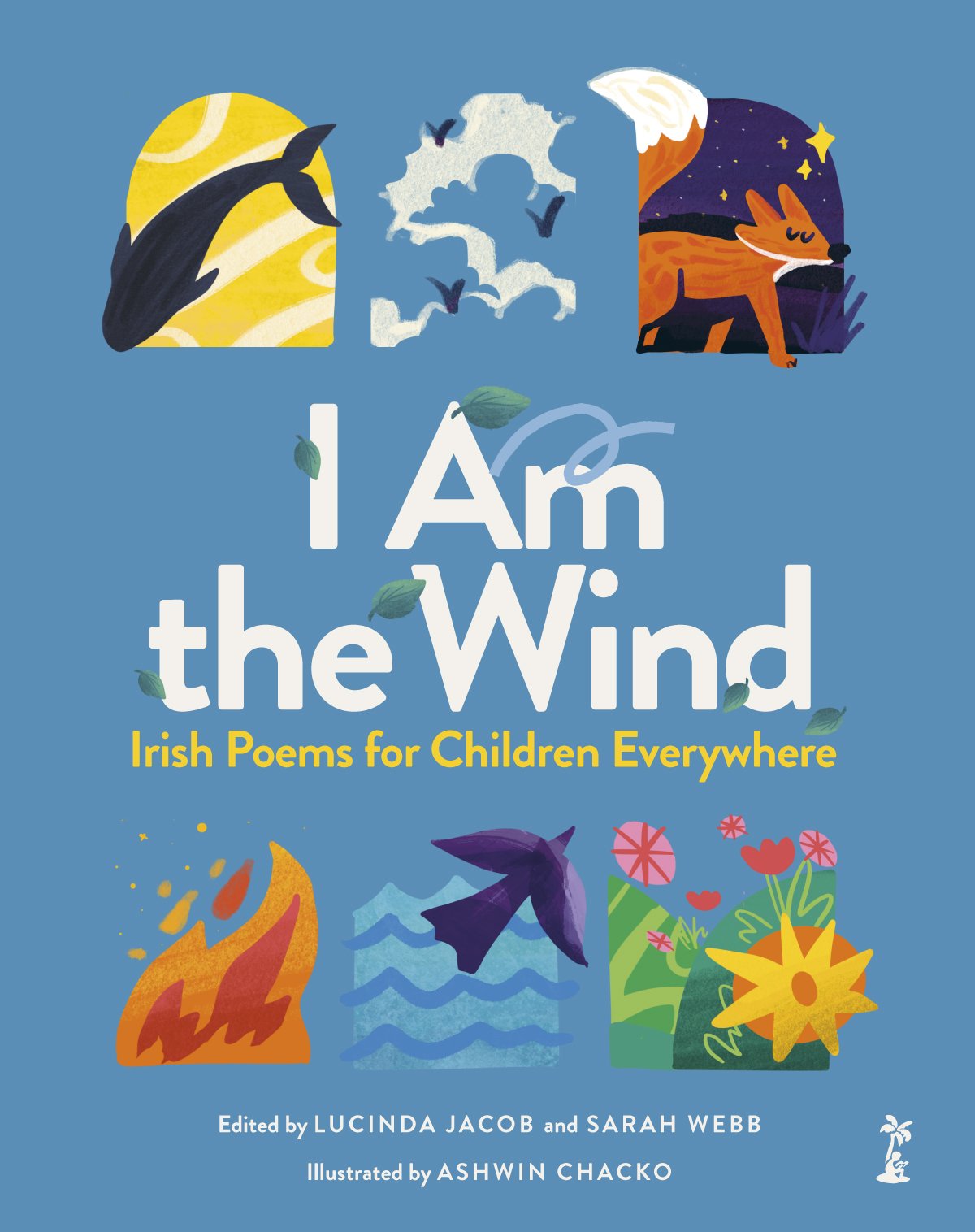
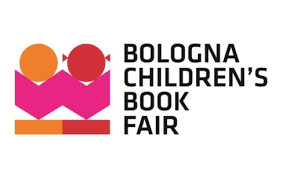
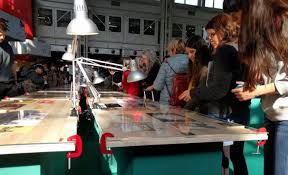
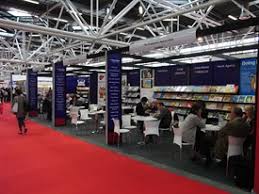
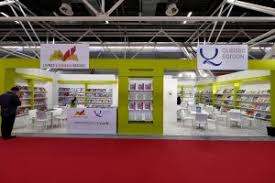





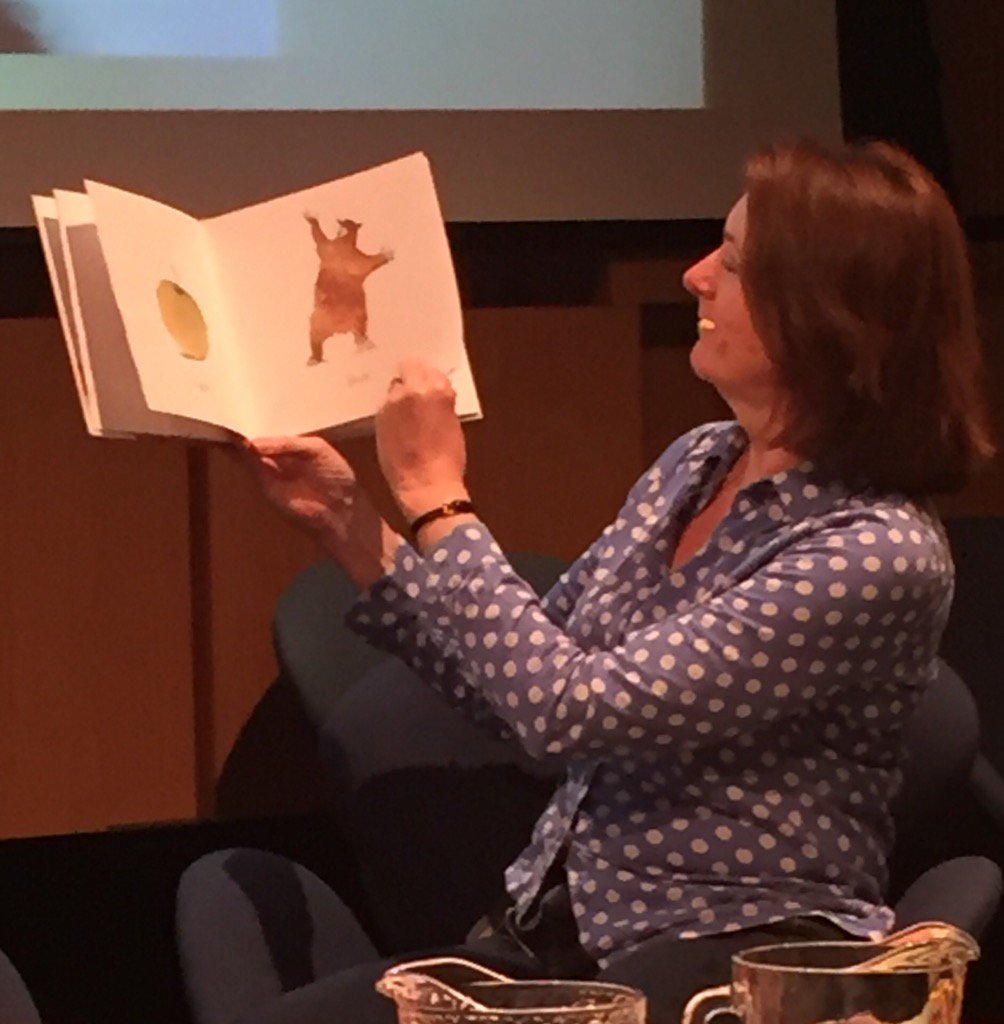

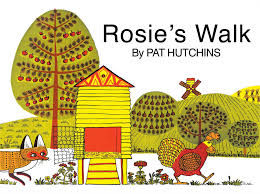
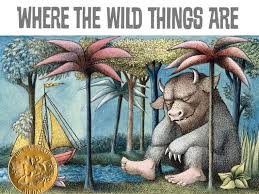
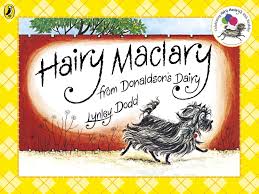
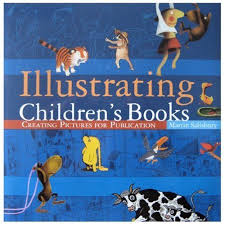




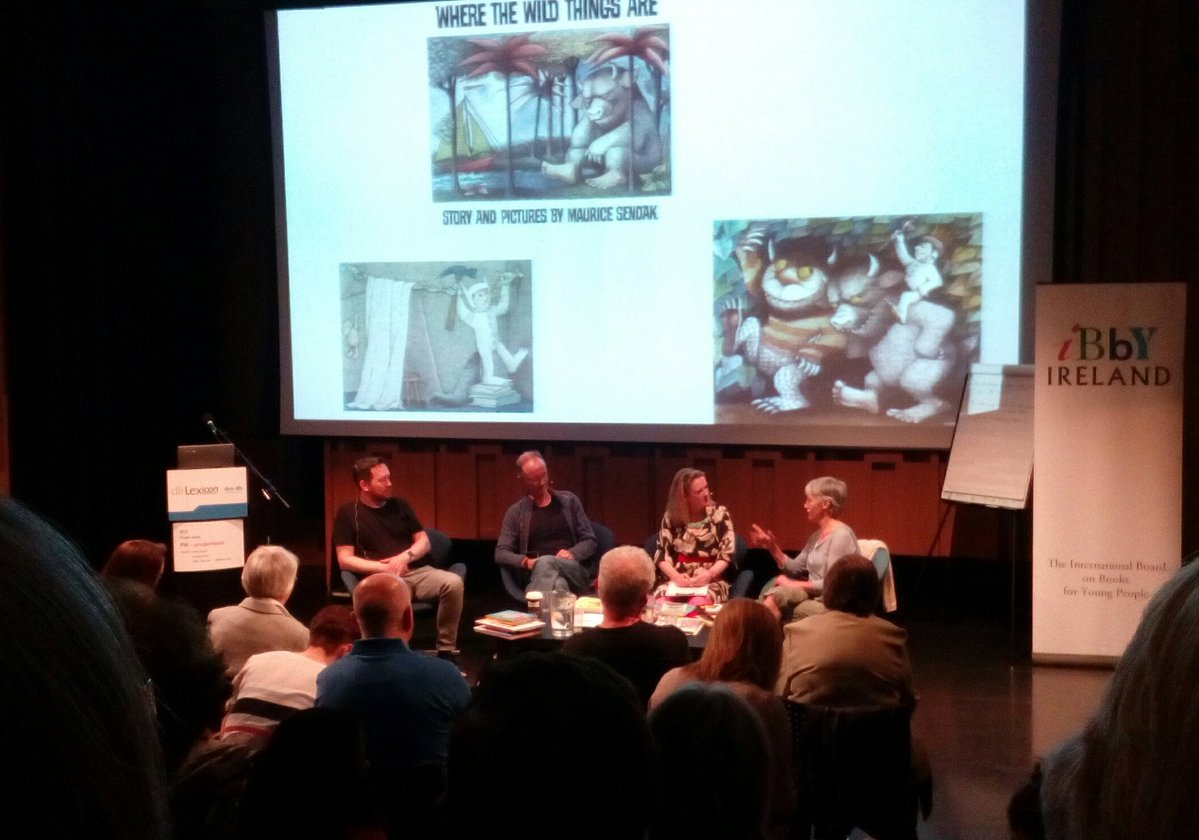
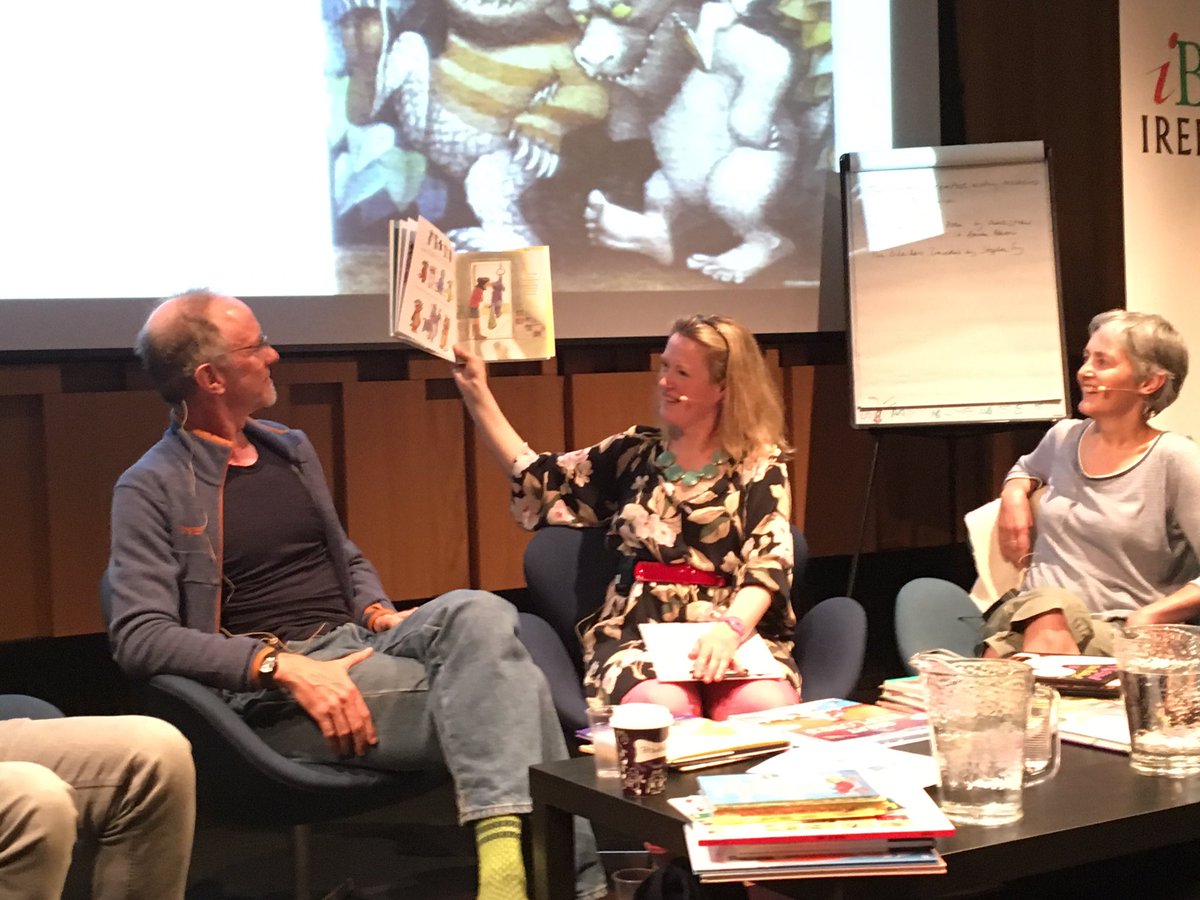
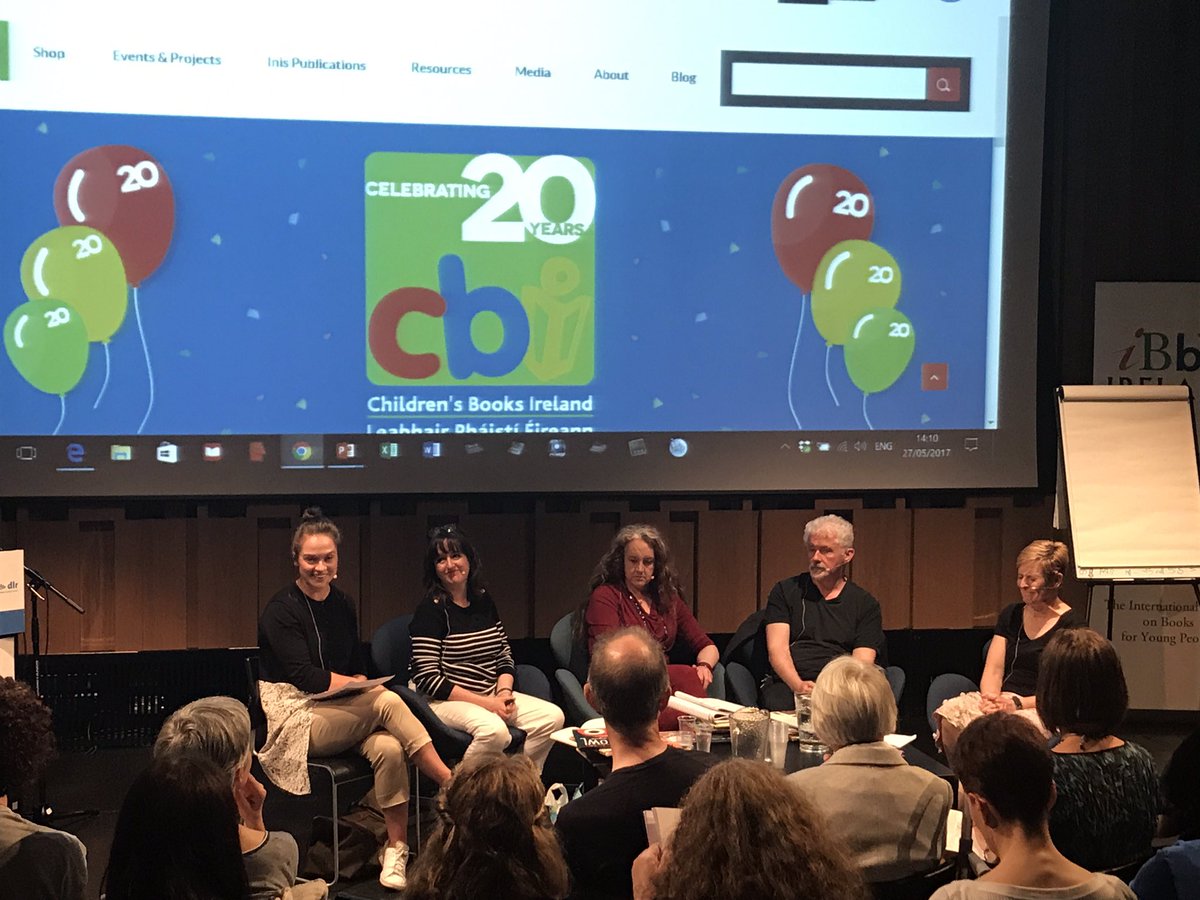
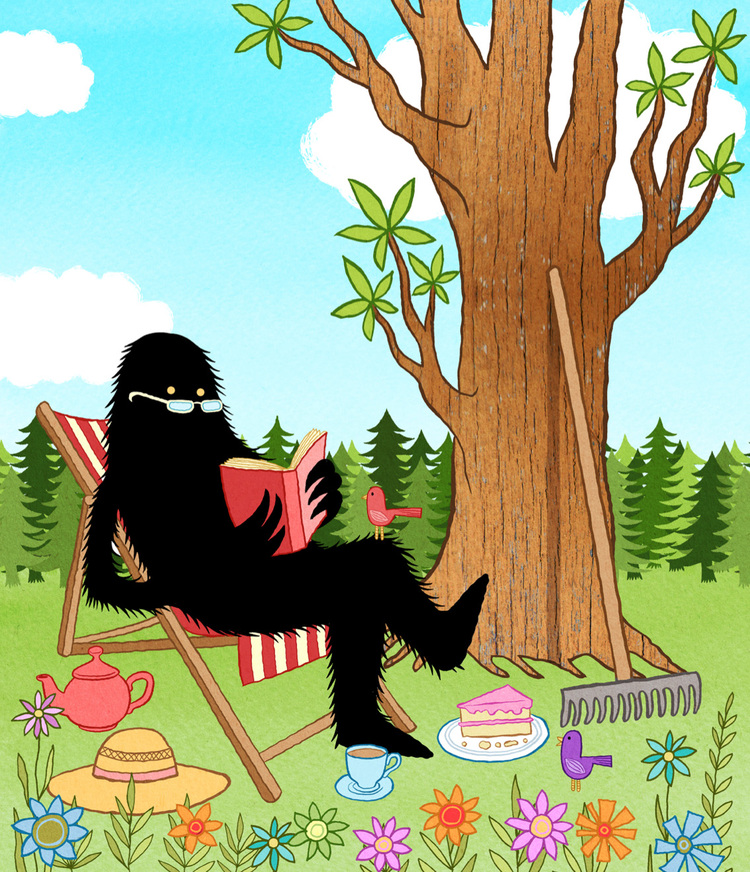

![IMG_4138[1].JPG](https://images.squarespace-cdn.com/content/v1/58973315e4fcb5808a5b7d9e/1495906190232-PE2QJ597VZ2M05UOBMJI/IMG_4138%5B1%5D.JPG)
